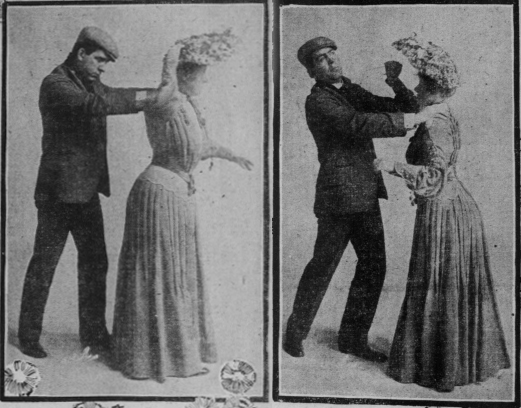Like punk, grunge also was a subculture of rock music that grew into a lifestyle. Hailing from the Northwest grunge also valued a D-I-Y attitude in both music and dress. Unlike punks or hippies though, those who belonged to the grunge sub-culture did not self-identify. Self-identification was often associated with posers.
Grunge cites a mix of heavy metal, punk, and rock as influences. D-I-Y labels were able to record up and coming bands inexpensively causing their “garage” sound. Most grunge bands were anti-capitalist and refused to sign to major labels but a few bands such as The Melvins, Soundgarden and Nirvana reached international acclaim. While its followers saw grunge as the voice of the generation, artist like Kurt Cobain were reluctant to be called as such.

Kurt Cobain, lead singer for the U.S. band Nirvana, ca. 1990. Cobain established the grunge look of worn jeans, out-of-date cardigans, and uncombed hair. Kevin Mazur Archive 1/WireImage
While punk style was described as anti-fashion, grunge would be considered non-fashion. Raised on hippie and punk, grunge took this, mixed with its own West Coast aesthetic to create their own thoughtless style. Ripped, faded jeans, old tees, combat boots and flannel button ups were the typical uniform. Flannels were the uniform of the Northwest’s lumberjack industry but soon became appropriated by grunge. In the Northwest, the tempature can drop about 20 degrees from day to night, so clothing that could keep the wearer warm but also be tied around the waist were a must.
In August 1992, grunge came in from Seattle to New York and was featured in Women’s Wear Daily as street style. Soon the fashion industry became obsessed with the mix of patterns and textures and old and new in grunge style. A few months later Vogue did an eight page spread on grunge fashion with the help of Sub Pop Records owner Jonathan Poneman. Like Hippie, grunge failed as high fashion because it was out of the price range for those who belonged to the sub-culture and higher end consumers did not see the appeal.
Grunge became over-saturated and died out by the late 90s. Grunge’s impact did stay around though. Grunge helped promote vintage shopping as trendy and the layered look as chic. With so much freedom in fashion nowadays, the D-I-Y aesthetic allows consumers to be create confidence with their own personal look and not be a slave to one particular style. Elements of grunge have stayed in fashion such as chunky sweaters, flannels, ripped jeans, military jackets and combat boots. Recently grunge has made a full-fledged return to fashion. Yves Saint Laurent’s S/S ’17 runway featured flannel, oversized jackets and knits and even Cobain inspired sunglasses.
Source:
Price, Shannon Bell. “Grunge.” The Berg Companion to Fashion. Ed. Valerie Steele. Oxford: Bloomsbury Academic, 2010. Bloomsbury Fashion Central. Web. 18 Nov. 2017. <https://www.bloomsburyfashioncentral.com/products/berg-fashion-library/encyclopedia/the-berg-companion-to-fashion/grunge>.





